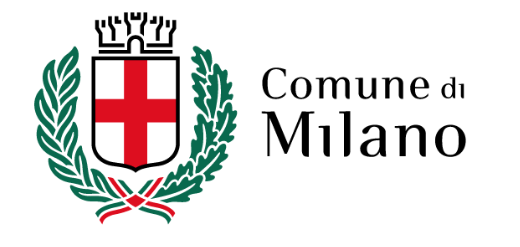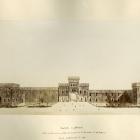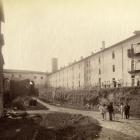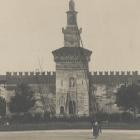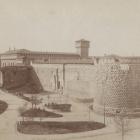- Milan Castle
- The building
- The history
- Eserciti napoleonici all’attacco
- I restauri di Luca Beltrami
- Il Castello Sforzesco
- Il Castello Sforzesco risorge
- Il Castello dei Visconti e degli Sforza
- Il Castello in mano agli stranieri
- Il Castello, i Francesi, gli Spagnoli
- La fortezza austriaca
- La fortezza spagnola
- La rocca viscontea “di Porta Giovia”
- Ludovico il Moro
- Odio e amore per il Castello
- Restauri e lavori
- Trasformazioni napoleoniche
- Una fortezza da espugnare
- Una fortezza nemica
- Most recent restorations
- Don't miss out on
- The park
- Museums Libraries Archives
- Museo Pietà Rondanini - Michelangelo
- Museo d'Arte Antica
- Sala delle Asse - Leonardo da Vinci
- Pinacoteca
- Museo dei Mobili e delle Sculture Lignee
- Museo delle Arti Decorative
- Museo degli Strumenti Musicali
- Museo Archeologico - Sezione Preistoria e Protostoria
- Museo Archeologico - Sezione Egizia
- Raccolta delle Stampe "Achille Bertarelli"
- Gabinetto dei Disegni
- Archivio Fotografico
- Archivio Storico Civico e Biblioteca Trivulziana
- Biblioteca d'Arte
- Biblioteca Archeologica e Numismatica
- Casva (Centro di Alti Studi sulle Arti Visive)
- Ente Raccolta Vinciana
- Gabinetto Numismatico e Medagliere
- Opere dei musei in movimento
- The Castle and Milan
- Media gallery
- Plan your own tour

Luca Beltrami's restoration
Following heated discussions on what to do with the castle, including a proposal by Angelo Colla to transform it into a Gothic style edifice, the decision was taken to preserve the building in its original form.
The year 1893 marks the beginning of a complex restoration and reconstruction process of the castle, which for centuries had been reduced to an army barracks. Already in 1892, under the direction of Luca Beltrami, the demolition of the Ghirlanda was undertaken, after which followed that of the Cavallerizza, a 19th century building. The two gates of Carmine and Santo Spirito were reopened, the two towers that had been lowered after the Five Days of Milan were raised again and the Bona Tower was returned to its early 16th century appearance.
The entire population took part in a public subscription to bring the castle back to it former glory. They were years of intense work, during which the layout of the buildings at time of the Sforzas was studied and the edifices that did not belong to the complex in that period were erased. Windows in terracotta reappeared as did important elements of Sforza era murals. It is at this time that the painted decorations of the Sala delle Asse and the Treasure Room came to light and the gold colours of the Ducal Chapel gradually re- emerged. The Rocchetta Keep and the Ducal Courtyard were restored to their original form and prepared to house museums and cultural institutions.
Luca Beltrami's efforts culminated in the reconstruction of the city-side façade of the building and in particular the Filarete tower, which the architect rebuilt referring to a painting by Francesco Napoletano (The Madonna Lia) and a graffito that was discovered at the Pozzobonelli farmstead. He also studied the towers of the castles of Vigevano and Cusago to be able to execute a complete and philologically accurate (according to the times) reconstruction. Before preceding to the work of reconstruction, the architect produced a full scale wooden model in 1895. The new Filarete tower was dedicated to King Umberto I and inaugurated in a solemn ceremony on 24th September 1905. It marked the opening of a new chapter in the history of the castle.
Categoria Storia:
Promuovi a categoria:
